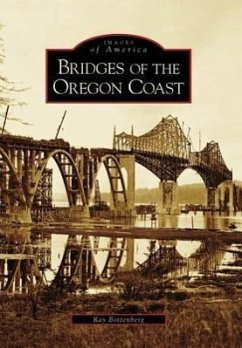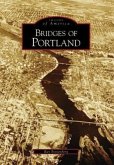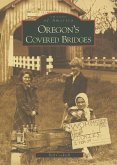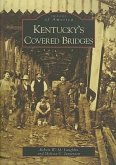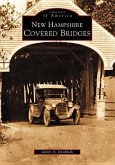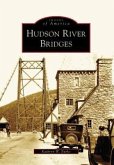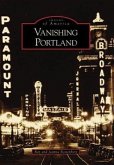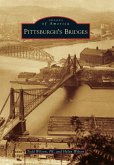In the 1920s and 1930s, Oregon's legendary bridge engineer Conde B. McCullough designed a first-rate collection of aesthetic bridges on the Oregon Coast Highway to enhance an already dramatic and beautiful landscape. The six largest of these, at Gold Beach, Newport, Waldport, Florence, Reedsport, and Coos Bay, eliminated the last ferries on the Oregon Coast Highway between the Columbia River and California. McCullough planned to build one bridge each year after completion of the Rogue River Bridge at Gold Beach in 1932, but the tightening grip of the Depression threatened his plans. In 1933, McCullough and his staff worked day and night to finish plans for the remaining five bridges, and in early 1934, the Public Works Administration funded simultaneous construction of them. The combined projects provided approximately 630 jobs, but at least six workers perished during construction. After the bridges were complete, Oregon coast tourism increased by a dramatic 72 percent in the first year.
Hinweis: Dieser Artikel kann nur an eine deutsche Lieferadresse ausgeliefert werden.
Hinweis: Dieser Artikel kann nur an eine deutsche Lieferadresse ausgeliefert werden.

